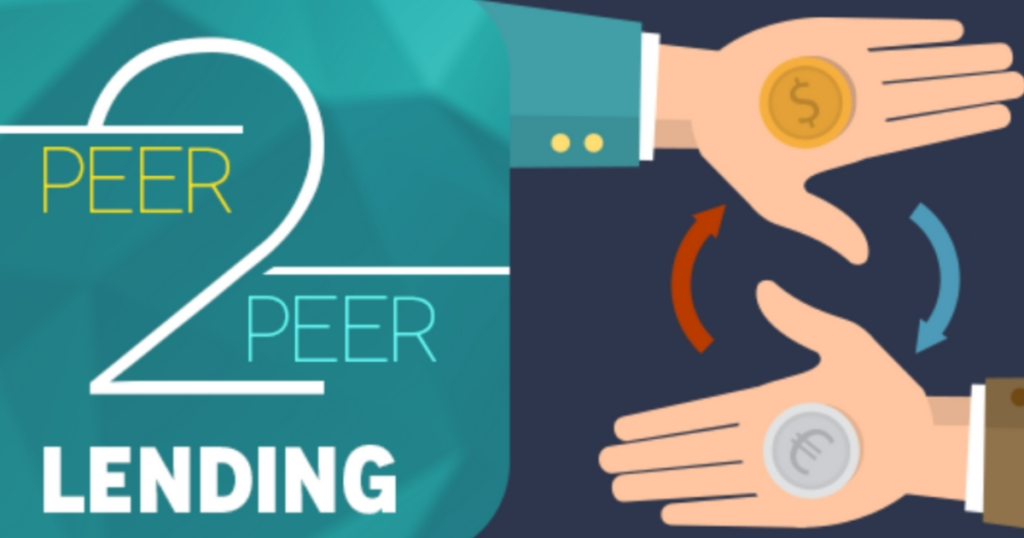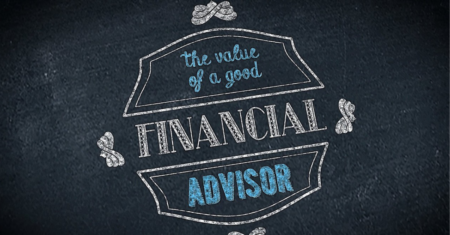
Peer to peer lending is a form of alternative finance that allows individuals to borrow and lend money without the intermediation of traditional financial institutions. Peer-to-peer lending platforms connect borrowers and lenders online, and facilitate the transactions between them. Peer-to-peer lending can offer benefits for both borrowers and lenders, such as lower interest rates, higher returns, faster processing, and more flexibility. However, peer-to-peer lending also involves risks, such as default, fraud, liquidity, and regulation. Therefore, it is important to understand the pros and cons of peer-to-peer lendings before engaging in it.
Related articles
1- Principal Financial Group 401k
2- Certified Financial Advisor
Some peer-to-peer lending ideas that you can explore are:
- Invest in peer-to-peer lending with USD or crypto: If you have some spare cash or cryptocurrency, you can invest in peer-to-peer lending platforms that accept both fiat and digital currencies. This way, you can diversify your portfolio, access a global market, and earn interest on your funds. Some examples of platforms that offer this option are BlockFi, Nexo, and Celsius.
- Start a peer-to-peer lending business: If you have an entrepreneurial spirit and a passion for finance, you can start your own peer-to-peer lending business. You will need to create a website or an app that connects borrowers and lenders, and charge fees for your service. You will also need to comply with the legal and regulatory requirements of your jurisdiction, and ensure the security and transparency of your platform. Some examples of successful peer-to-peer lending businesses are Lending Loop, [Lendbox], and [Invest in Peer-to-Peer (P2P) Lending with USD or Crypto].
- Get a peer-to-peer loan: If you need some extra money for personal or business purposes, you can apply for a peer-to-peer loan. You will need to provide some basic information about yourself, your income, your credit score, and your loan purpose. You will also need to agree to the terms and conditions of the platform and the lender. You will then receive offers from different lenders, and choose the one that suits you best. Some examples of platforms that offer peer-to-peer loans are [Upstart], [Prosper], and [Funding Circle].
- Learn more about peer-to-peer lending: If you want to deepen your knowledge about peer-to-peer lendings, you can read some books, articles, blogs, or podcasts that cover this topic. You can learn about the history, evolution, trends, challenges, and opportunities of peer-to-peer lendings. You can also get insights from experts, practitioners, and researchers in this field. Some examples of resources that you can check out are [Peer-To-Peer Lending: An Ultimate Guide In 2023 – Oberlo], [Peer to peer lending: know the risks – Money Saving Expert], and [The 9 Best Peer-To-Peer Lending Accounts In The UK 2023].
What are the risks of peer-to-peer lendings?
Peer-to-peer lendings is a form of alternative finance that allows individuals to borrow and lend money without the intermediation of traditional financial institutions.
However, peer-to-peer lendings also involves risks, such as:
- Default risk: This is the risk that the borrower fails to repay the loan, either partially or fully. This can result in a loss of principal and interest for the lender. Peer-to-peer lendings platforms usually have some measures to mitigate this risk, such as credit checks, risk ratings, provision funds, recovery processes, etc. However, these measures are not foolproof and do not guarantee repayment123.
- Platform risk: This is the risk that the peer-to-peer lendings platform goes bust, becomes insolvent, or suffers from fraud or negligence. This can affect both borrowers and lenders, as they may lose access to their funds, data, or contracts. Peer-to-peer lendings platforms are regulated by the Financial Conduct Authority (FCA) in the UK, which requires them to have contingency plans and arrangements to protect customers’ interests in case of failure12. However, these arrangements may not cover all scenarios and may not be sufficient to compensate customers for their losses3.
- Liquidity risk: This is the risk that the lender cannot withdraw or sell their loans before maturity, or that they have to accept a lower price or interest rate than expected. Peer-to-peer lending platforms usually offer some options for lenders to exit their loans early, such as secondary markets, sell-out features, or early repayment features. However, these options are not guaranteed and depend on the availability of other buyers or borrowers123.
- Market risk: This is the risk that the external factors, such as economic conditions, interest rates, regulations, competition, etc., affect the performance and profitability of peer-to-peer lending. For example, a recession may increase the default rate of borrowers, a rise in interest rates may reduce the demand for loans or the attractiveness of peer-to-peer lending returns, a change in regulations may impose new costs or restrictions on peer-to-peer lending platforms or customers, etc123.
These are some of the main risks of peer-to-peer lending that you should be aware of before engaging in it. Peer-to-peer lending is not covered by the Financial Services Compensation Scheme (FSCS), which protects bank deposits up to £85k per person per institution. Therefore, you should only invest money that you can afford to lose and diversify your portfolio across different platforms, borrowers, and asset classes123.
How do I minimize the risks of peer-to-peer lendings?
To minimize the risks of peer-to-peer lendings, you should follow some basic principles and strategies, such as:
- Diversify your portfolio: This means spreading your money across different platforms, borrowers, loan types, and asset classes. This can reduce your exposure to any single default, platform failure, or market fluctuation. You should also avoid investing more than you can afford to lose in peer-to-peer lending123.
- Do your research: Before investing in any peer-to-peer lendings platform or opportunity, you should do your due diligence and check the platform’s reputation, track record, regulation, fees, security, and contingency plans. You should also understand the terms and conditions of the loans, the risk ratings and underwriting criteria of the borrowers, and the recovery processes and provision funds of the platform123.
- Monitor and adjust your portfolio: You should keep track of your peer-to-peer lendings performance and review your portfolio regularly. You should also be prepared to adjust your portfolio according to changing market conditions, interest rates, regulations, or personal circumstances. You should also be aware of the liquidity and exit options of your loans, in case you need to withdraw or sell your loans early123.
- Follow a checklist: To avoid making emotional or impulsive decisions, you should follow a checklist that outlines your peer-to-peer lending criteria and rules. You should stick to your checklist through thick and thin, and only invest in peer-to-peer lending opportunities that pass all your criteria1.
What are some common mistakes to avoid in peer-to-peer lending?
Some common mistakes to avoid in peer-to-peer lending are:
- Not diversifying your portfolio: This means putting too much money into one platform, one borrower, one loan type, or one asset class. This increases your exposure to default, platform failure, or market fluctuation. You should spread your money across different platforms, borrowers, loan types, and asset classes to reduce your overall risk1.
- Not doing your research: This means investing in a peers-to-peer lending platform or opportunity without checking its reputation, track record, regulation, fees, security, and contingency plans. You should also understand the terms and conditions of the loans, the risk ratings and underwriting criteria of the borrowers, and the recovery processes and provision funds of the platform21.
- Not monitoring and adjusting your portfolio: This means neglecting to track and measure your peers-to-peer lendings performance and review your portfolio regularly. You should also be prepared to adjust your portfolio according to changing market conditions, interest rates, regulations, or personal circumstances. You should also be aware of the liquidity and exit options of your loans, in case you need to withdraw or sell your loans early21.
- Not following a checklist: This means making emotional or impulsive decisions based on greed or fear. You should follow a checklist that outlines your peer-to-peer lendings criteria and rules. You should stick to your checklist through thick and thin, and only invest in peer-to-peer lendings opportunities that pass all your criteria1.
About the Author






0 Comments